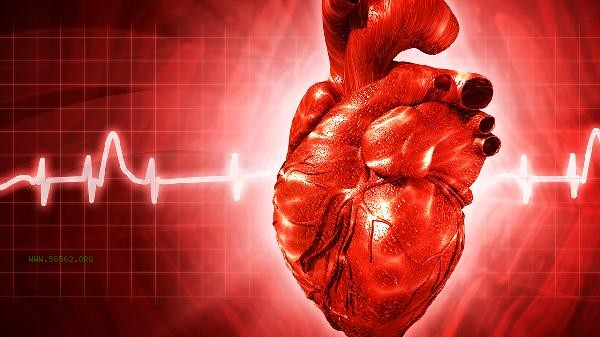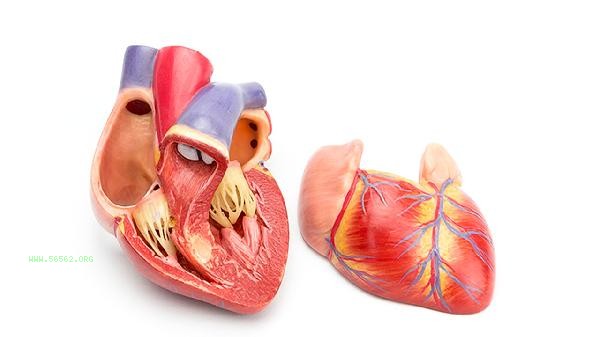The main symptoms of insufficient cardiac return include chest tightness, shortness of breath, and fatigue. In severe cases, it can lead to angina pectoris, myocardial infarction, or heart failure. Insufficient cardiac return is usually caused by factors such as coronary artery stenosis, insufficient myocardial blood supply, arrhythmia, heart valve disease, or anemia.

1. Chest tightness and shortness of breath:
When there is insufficient cardiac blood flow, myocardial oxygen supply decreases, and patients often feel chest compression or breathing difficulties. Mild symptoms include chest tightness after activity, which is relieved at rest; As the condition progresses, persistent shortness of breath may also occur in a resting state. These symptoms are directly related to reduced coronary blood flow and require diagnosis through examinations such as electrocardiography and echocardiography.
2. Decreased exercise endurance:
Patients have significantly reduced daily activity abilities, such as climbing stairs and brisk walking, which can lead to fatigue. This is due to a decrease in the pumping efficiency of the heart, which results in insufficient oxygen supply to the limb muscles. In the early stages, it may only manifest as slow recovery of heart rate after exercise, and in the later stages, it may be accompanied by signs such as pale complexion and cold sweat.
3. Angina attack:

The typical manifestation is compression pain behind the sternum, which can radiate to the left shoulder and jaw and last for 3-5 minutes. It is often caused by severe stenosis of coronary arteries and is often triggered by emotional excitement or cold stimulation. It needs to be differentiated from diseases such as gastroesophageal reflux, and sublingual administration of nitroglycerin can alleviate the symptoms during the attack.
4. Arrhythmia:
Myocardial ischemia can cause abnormal heart rhythm such as premature ventricular contractions and atrial fibrillation, leading to palpitations and missed heartbeats in patients. Severe cases may experience blackout or fainting, which is related to malignant arrhythmias such as ventricular fibrillation. Dynamic electrocardiogram monitoring can accurately capture the electrocardiographic characteristics during an attack.
5. Signs of heart failure:
Long term insufficient blood return can lead to heart enlargement, decreased systolic function, nocturnal paroxysmal dyspnea, lower limb edema, and other manifestations. Auscultation can hear wet rales in the lungs, and X-ray shows pulmonary congestion. At this time, it is necessary to actively control fluid intake and use diuretics to reduce cardiac load. Patients with insufficient cardiac return should maintain a low salt and low-fat diet, with a daily sodium intake of no more than 5 grams, and consume foods rich in unsaturated fatty acids such as deep-sea fish and oats. Engage in 3-5 aerobic exercises per week, such as brisk walking and swimming, with a moderate intensity of sweating. To avoid sudden cold stimulation and emotional fluctuations, raise the head of the bed by 15 degrees during sleep to alleviate nighttime breathing difficulties. Regularly monitor blood pressure and heart rate, and take antiplatelet drugs and statins according to medical advice. If chest pain persists or consciousness disorders occur, seek medical attention immediately.









Comments (0)
Leave a Comment
No comments yet
Be the first to share your thoughts!